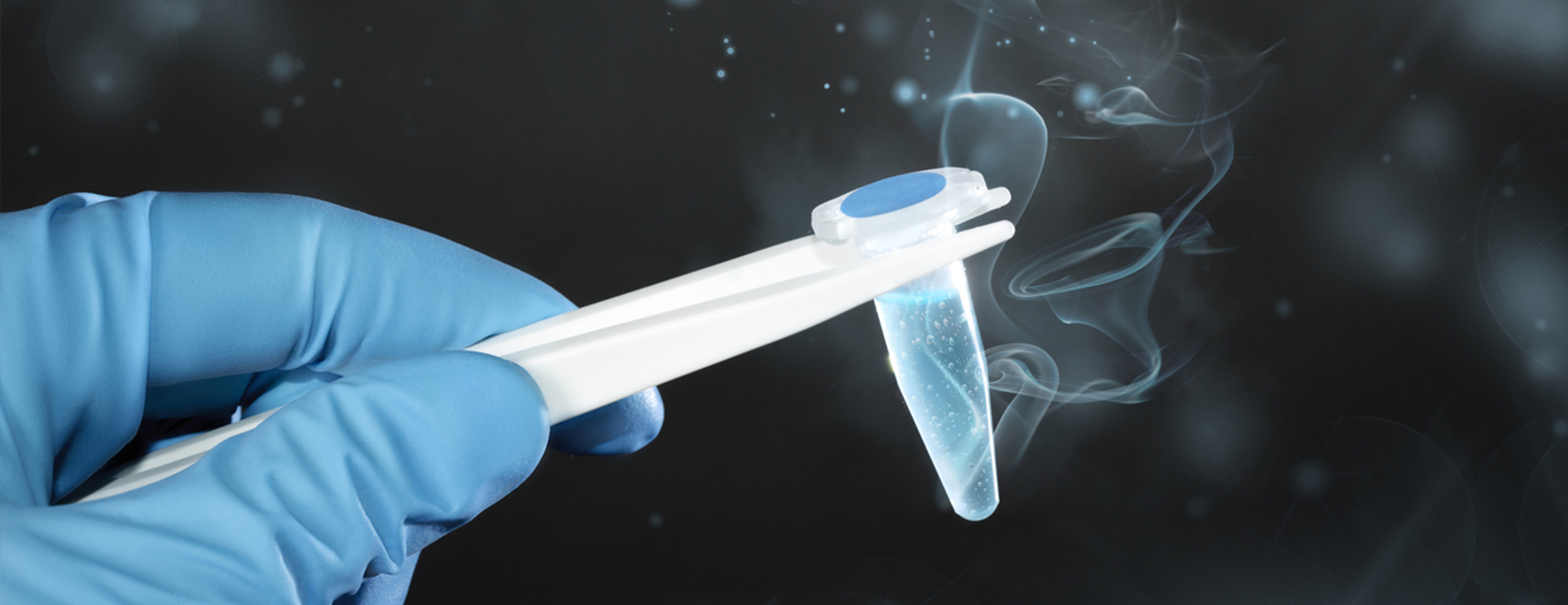Embryo Cryopreservation
Embryo freezing preserves embryos by cooling and storing them at low temperatures. They can be thawed later and transferred to the uterus, providing additional opportunities for conception.

Embryo freezing preserves embryos by cooling and storing them at low temperatures. They can be thawed later and transferred to the uterus, providing additional opportunities for conception.
During the in vitro fertilization (IVF) process, multiple eggs are stimulated to grow, then recovered from the ovary and fertilized. This may result in more embryos or fertilized eggs than a couple wants at one time. If the additional embryos are of sufficiently good quality to undergo freezing, they can be used later if the first IVF isn't successful. If the IVF is successful, the extra embryos can be stored for several years to be used if the couple decides to have more children. UCSF stores embryos with an annual agreement.
With these embryos, UCSF has achieved pregnancies after as many as five years of storage, and has a pregnancy rate that is almost identical to that of fresh embryos. Worldwide, embryo freezing is a successful procedure with no reports of increased birth defects.
Ejaculated sperm or sperm obtained from fluid extracted during surgical procedures (vasal, epididymal and testicular sperm specimens) can be frozen. The sperm is usually frozen for one year. Longer term storage can be arranged after the first year. Thawed sperm are no more likely to result in birth defects than freshly ejaculated sperm.
UCSF Health medical specialists have reviewed this information. It is for educational purposes only and is not intended to replace the advice of your doctor or other health care provider. We encourage you to discuss any questions or concerns you may have with your provider.